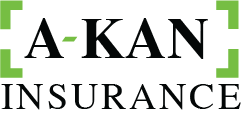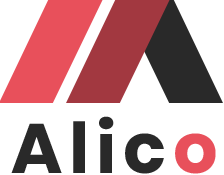A dig into current Insurance Market
Businesses of all sizes will continue to encounter difficulties due to ongoing economic uncertainties, including factors such as inflation, geopolitical challenges, environmental disasters, and limitations on available capital.
These trends, coupled with changes in risk assessment, are presenting four critical challenges for commercial insurers, impacting business coverages and rates.
• The insurance market is currently experiencing a state of flux. Different lines and sublines of coverage are simultaneously witnessing rate softening, rate stabilization, and rate hardening. Insurers are adapting on the go to competitive pressures, aiming to maintain and expand their market share while preserving profitability. The presence of inflationary costs resulting from previous losses and the uncertainty associated with forecasting future claims severity and frequency further complicate the underwriting of risks.
• Risks themselves are rapidly evolving, particularly in areas such as natural catastrophes, the transition to net-zero emissions, supply chain vulnerabilities, emerging risks, disruption of traditional industries, and cyber risks.
• The January 2023 renewal season has witnessed increasing and volatile rates, contributing to the uncertainty surrounding the tightening capacity in both traditional and alternative insurance markets.
• To navigate this ever-changing risk landscape, commercial insurers must acknowledge the importance of talent acquisition. They must proactively enhance their capabilities and attract skilled professionals in an increasingly competitive labor market. This becomes particularly crucial as underwriting and claims processes transition from relying solely on intuition and experience.
Key Trends Affecting the Insurance Marketplace in 2023
• Inflation and volatility are influencing property values, leading to inadequate insurance coverage for many businesses. • The increased frequency of environmental disasters presents challenges for insuring properties in affected areas. • Cyber incidents remain the top risk faced by businesses globally. • Global supply chain disruptions persist as a concern, influenced by geopolitical risks such as the conflict in Ukraine. • Environmental, social and governance policies and principles are directly influencing the assessment of a company's liability risk and potential exposures.
Effective Risk Management
As the market steadily recovers from the repercussions of the COVID-19 pandemic, new economic uncertainties are emerging, which will directly affect insurance rates.
The Economic Uncertainty
The impact of inflation has been evident in various aspects of our lives over the past year, from increased prices at the grocery store to higher utility bills and rising property costs, particularly in the commercial property market.
The cost of rebuilding and replacing property or inventory after a loss is continuously escalating. We are witnessing price hikes and supply chain challenges, as well as delays in repairs due to labor shortages. When combined with the rising costs of materials and disruptions in the labor market and supply chain, insurers are facing significant claim expenses.
Consequently, when a catastrophe occurs, the expenses involved in rebuilding and restoring can skyrocket, leaving even conscientious individuals and organizations at risk of being underinsured.
What can help mitigate these risks?
1. Seek the assistance of professional appraisers or engineers to determine the value of your property. Professional appraisals provide a higher level of certainty regarding existing building conditions and the cost of reconstruction. Engineers can also identify potential hazards, estimate foreseeable loss costs, and offer risk control recommendations.
2. Accurately assess the value of your inventory to reflect the rising costs of goods.
3. Evaluate your business interruption exposure in the event of an incident. With supply chain shortages leading to longer lead times, coupled with labor and material shortages, the time required for rebuilding after a loss will be extended. This means your company’s ability to generate revenue could be disrupted for a longer duration.
4. Plan accordingly and consider implementing backup strategies to mitigate the impact.
5. Develop contingency plans for equipment and machinery failures as the availability of new parts may be limited. Ensure you have alternative measures in place to minimize downtime.
6. Take into account inflationary cost trends when assessing the value of your assets. Consider incremental increases to reflect the changing market conditions.
By implementing these proactive measures, you can better manage your risks and ensure that your insurance coverage adequately addresses the challenges posed by inflation and economic uncertainties.
To know more about the insurance that can help you manage the risk, contact us.



